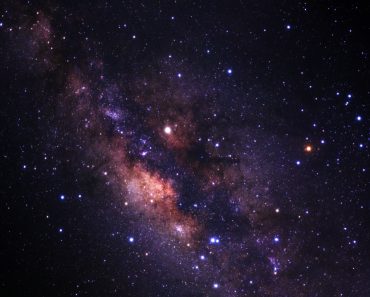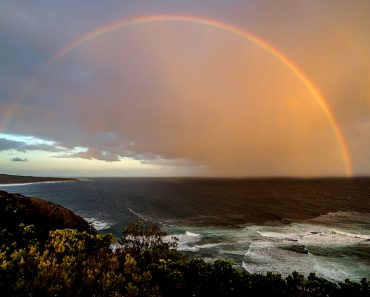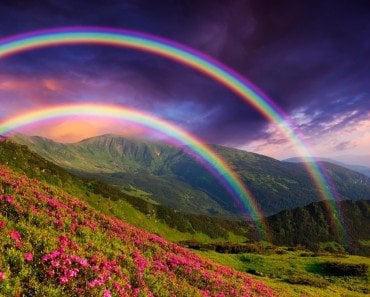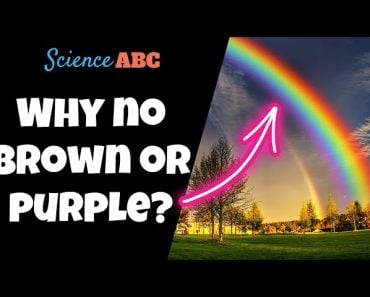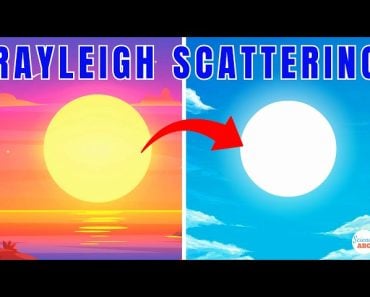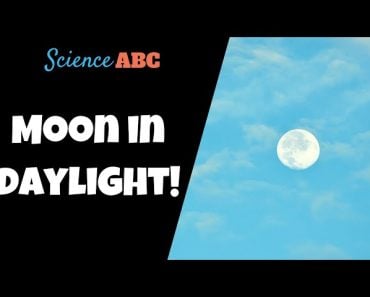Table of Contents (click to expand)
The Sun emits all seven colors, but can only be seen as red, orange, yellow and white; it is never seen as blue, violet, or indigo from Earth.
You have likely seen some truly beautiful sunsets in your life, when the sky lights up with a gorgeous and colorful farewell to the Sun. At that point, the sun, the vibrant yellow star that can’t even be looked at directly during the day, sets in a startling display of red or orange.
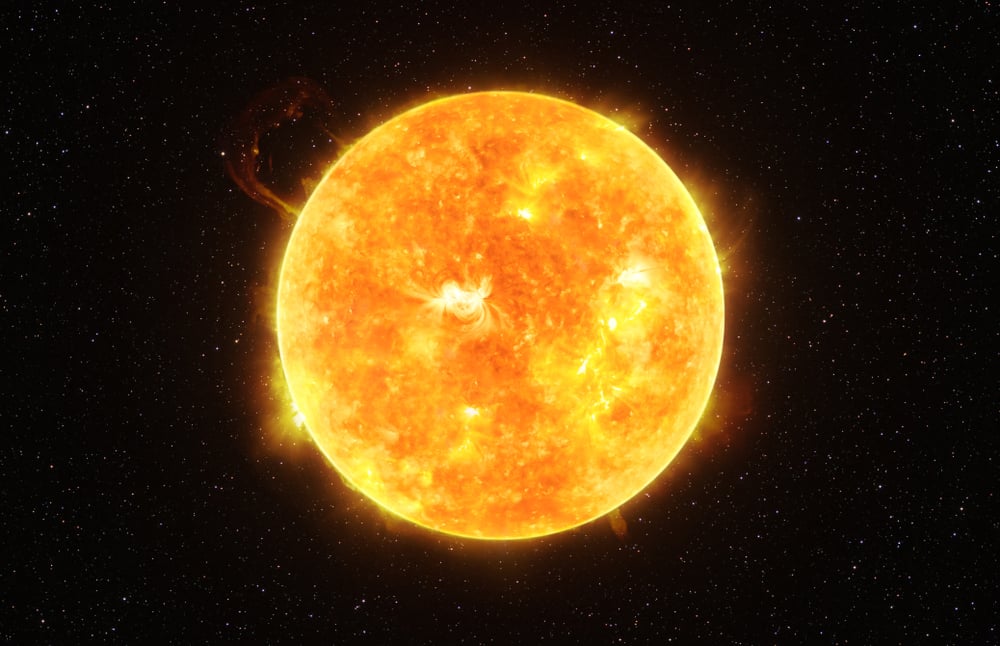
All in all, there are many colors we have seen the Sun show. For simplicity, let’s stick to the seven visible spectrum colors. One very fun fact about the Sun is that it emits all seven of these colors! Thus, we are left with the question… given the right circumstances, can we observe the Sun in each of the seven colors?
The journey of finding the answer to this question begins with another question: what is the original color of the Sun? How strange to have seen the Sun in so many different colors at different times, but not know which is its original color!
However, as noted earlier, the sun emits all seven colors of the rainbow. What we need to find out is whether the sun emits one color more than another.
Recommended Video for you:
What Color Does The Sun Emit The Most?
If you pass sunlight through a prism, all seven colors come out the other end, but they all seem to be produced in equal amounts.
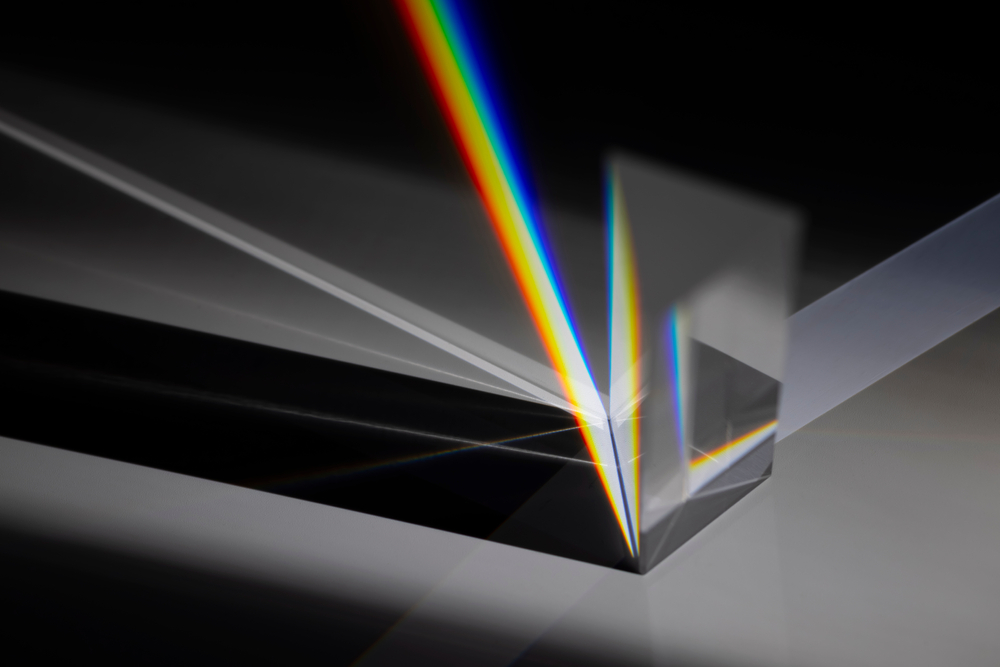
To find out answer, we must use spectroscopy, which is just a fancy term for taking a precise and detailed look at the spectrum itself. Tthis is where we find the twist! It is observed that one color does appear stronger than the others in sunlight. However, if you guessed red, you’re wrong! If you guessed orange, you’re still wrong! But if you guessed yellow, you’re wrong again! Believe it or not, our Sun emits the color green the most!
How is that possible? And if it’s true, why have we never seen a green sun, when it clearly emits green the most?
Why Not A Green Sun?
Well, there is a multitude of reasons why a green-colored Sun can’t be seen from Earth. The most important is that our atmosphere scatters light of shorter wavelengths. Simply put, the atmosphere filters out light from the blue part of the spectrum, which falls on the short wavelength side. Don’t forget that green itself is an in-between color of blue and yellow.
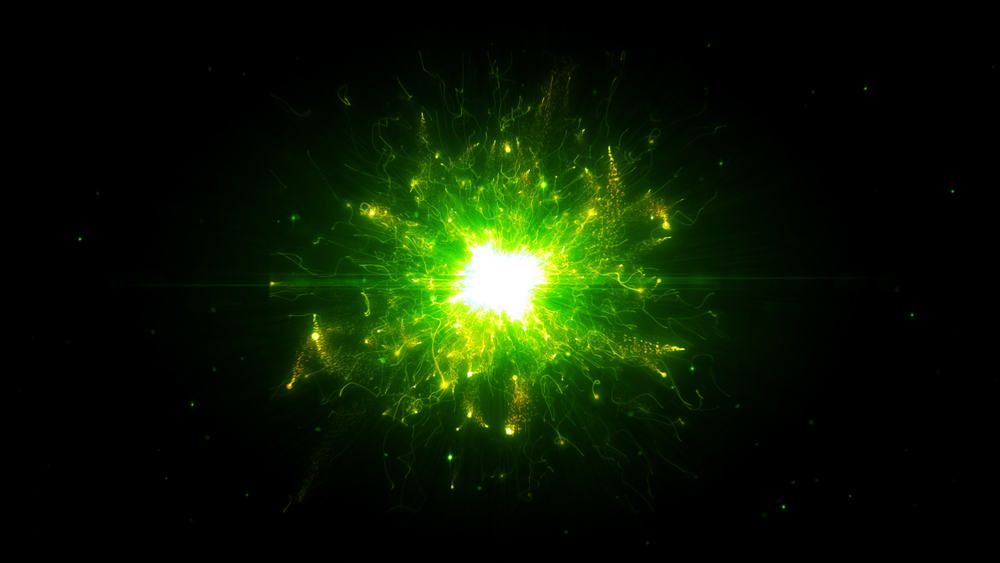
With the blue color taken away by the atmosphere, we are left with light that is dominated by the color yellow. That’s why the sky looks so blue, but the Sun looks yellow.
Also, regardless of the Sun primarily emitting the color green, all the other colors of the rainbow are also present in its emission. A culmination of them all gives us white. This means that we would NEVER be able to see Sun in green unless there’s something wrong with our eyesight or if we use green-tinted goggles!
To sum up, our Sun emits all the colors, but more green, and its original color turns out all white. The next question is, can we see a white Sun from the Earth?
A White Sun?
If you look at the Sun at peak afternoon (which you should not do), it will appear more white than yellow. This is because the light is passing through the thin part of the atmosphere’s envelope and experiences less scattering, thus showing its original color.

Because of this same scattering phenomenon, it’s very difficult to see it as white at other times of the day, even at noon. However, if you ever travel to space, look at the Sun (not directly!), and you will see that it’s simply a big, bright, white ball!
Now, let’s move on to the other colors. What about orange and red? Honestly, these are my favorite colors of the Sun. They don’t hurt our eyes and are quite pretty. But why do we see the Sun in any shade of these colors?
Remember how these two colors are only seen during sunrise or sunset? Again, that is because of the scattering of light! The shorter wavelength colors, which include the blue side of the spectrum, are scattered, leaving only the red part of the spectrum. That is why we see so many different shades of red, orange, and yellow during sunrise and sunset!
A Violet, Indigo Or Blue Sun?
We know that our Sun emits all colors, including these three. Furthermore, you can often see some really pretty blue stars in the night sky. So if our Sun emits these colors, why have we never seen a blue Sun in the sky?

As noted before, our atmosphere removes the short wavelength colors, which include these three. However, apart from scattering, these colors are higher in the energy spectrum, due to their shorter wavelengths. Due to our eyes being so sensitive to blue light, roughly speaking, our eyes will round up violet and indigo to blue.
Now, if it were emitting more blue light, like the blue stars in the night sky, our eyes might have evolved to observe these colors. However, our Sun doesn’t emit enough blue light, and its color will only continue shifting to the red part of the spectrum as it ages, because its temperature will continue to decrease.
Basically, we are NEVER going to see our Sun in these cooler colors!
Conclusion
We have successfully completed our quest of finding all the possible colors of the Sun that we can see from Earth, including the whys and why nots.
To sum up our journey, there are four possible colors of the Sun—yellow, orange, red, and white. All the shades that fall between these colors can potentially be caused by different weather conditions, but our Sun will never appear violet, indigo, or blue—and now you know why!
References (click to expand)
- What Color is the Sun?? | Total Solar Eclipse 2017 - NASA. Tration
- Cozman, F., & Krotkov, E. (n.d.). Depth from scattering. Proceedings of IEEE Computer Society Conference on Computer Vision and Pattern Recognition. IEEE Comput. Soc.
- Klassen, R. V. (1987, July). Modeling the effect of the atmosphere on light. ACM Transactions on Graphics. Association for Computing Machinery (ACM).


